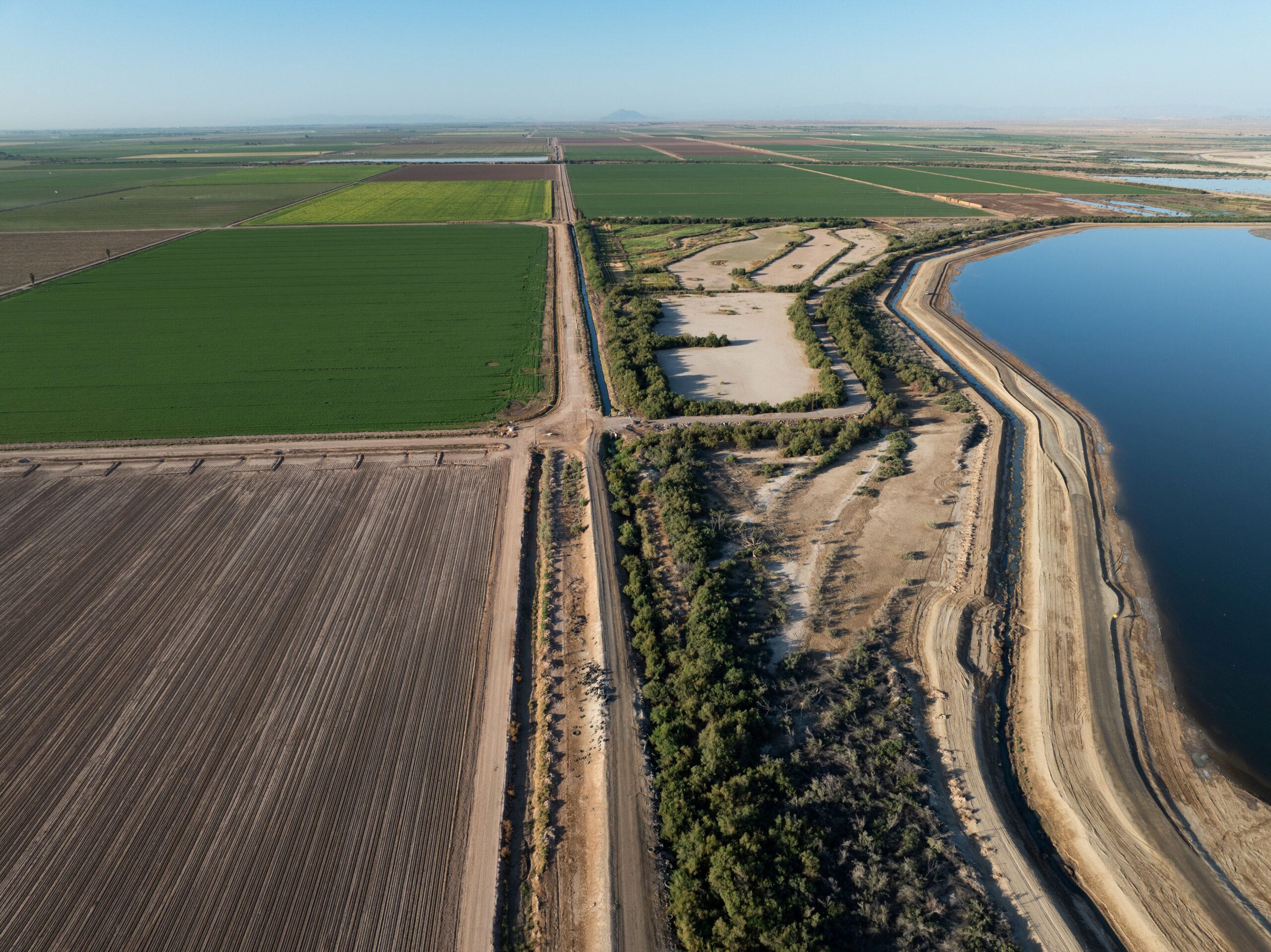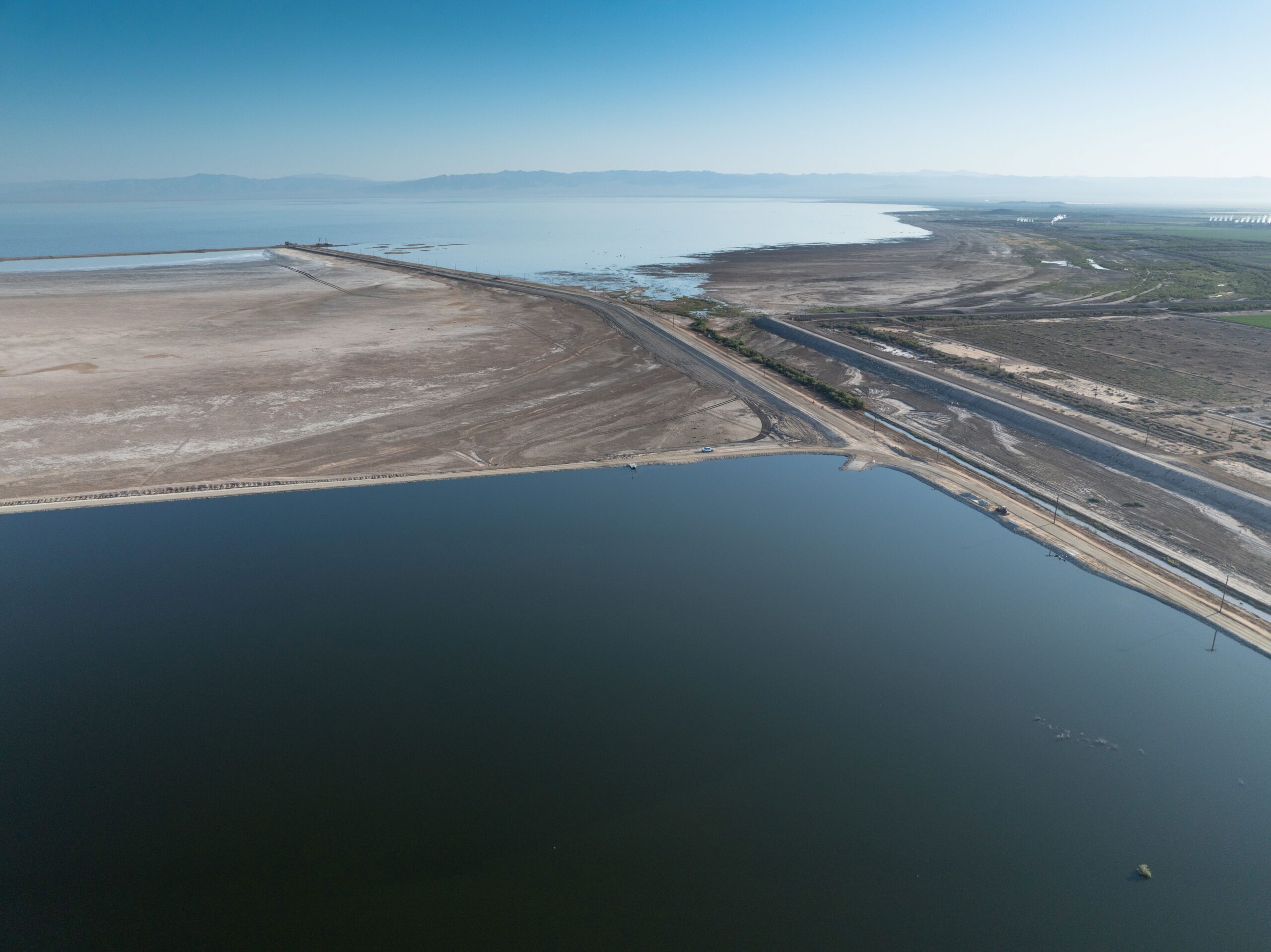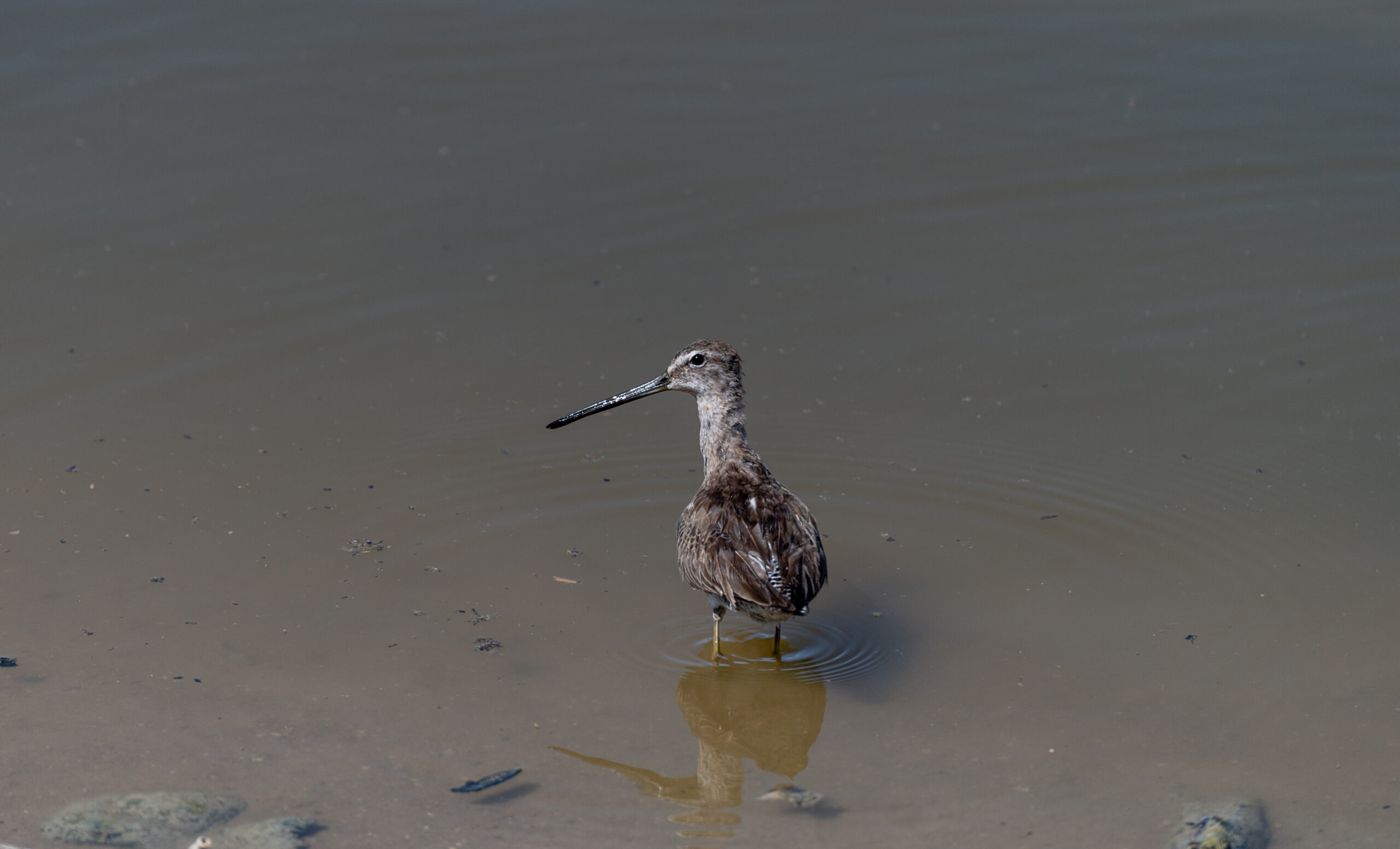California reaches major restoration milestone at the Salton Sea
What you need to know: The state today began restoring shallow water habitats in the Salton Sea as part of California’s first major habitat restoration project in the region – a key step for improving local wildlife conditions and suppressing dust to improve air qualities for surrounding communities.
SALTON SEA – Governor Gavin Newsom today announced a major restoration milestone at the Salton Sea – filling the East Pond Expansion with water to restore habitats lost over time due to increased salination and water loss. This comes as part of the larger Species Conservation Habitat Project, which is part of the state’s 10-year plan for implementing projects around the Salton Sea to develop an environment sustainable for local wildlife and improve air quality by reducing dust expelled from the dried seabed.
The Salton Sea, California’s largest inland water body, has shrunk in recent years due to reduced inflows, resulting in an exposed lakebed that could potentially release small dust particles that further impact the already-poor air quality in the Imperial Valley. The reduced water levels and increased salinity also negatively impact habitat for wildlife, including birds traveling the Pacific flyway.
“Today marks a major step in California’s environmental leadership – breathing life into critical ecosystems while creating cleaner air for communities around the Salton Sea. Thanks to the support of our local and federal partners, we’re making real the first major restoration project the Salton Sea has ever seen.”
Governor Gavin Newsom


Drone images show the partially filled East Habitat Pond, which is part of the Species Conservation Habitat Project at the Salton Sea
Today’s milestone is just the latest example of Governor Newsom’s prioritization of delivering large-scale projects at the Salton Sea that create environmental habitats and provide benefits to nearby communities. Previously envisioned as a 4,100 acre project funded primarily through bond funds at a cost of approximately $200 million, the state secured additional commitments from the federal government in recent years totaling $245 million – allowing the Species Conservation Habitat Project to more than double in size.
“Filling the East Pond Expansion represents a major step forward in our commitment to the Salton Sea region,” said California Natural Resources Secretary Wade Crowfoot. “Today’s action is proof that with strong partnerships and persistence, we can continue to make real progress that benefits both people and wildlife at the Sea.”
“Today, we can point to clear progress being made to improve conditions in the Salton Sea, which is critical to the health and economies of the Imperial and Coachella Valleys,” said State Water Board Chair E. Joaquin Esquivel. “These habitat restoration efforts help suppress dust from the exposed lakebed while protecting the Pacific Flyway, supporting diverse ecosystems, providing recreational opportunities and enhancing overall quality of life. For too long the Sea has been seen as an unfortunate liability, when in fact it is one of California’s greatest assets. This project, with federal, state, tribal, local and community leadership, is turning the page on that narrative.”

Waterfowl seen along the New River Diversion Structure, which is part of the Species Conservation Habitat Project at the Salton Sea
The initial groundbreaking for the East Pond Expansion was last October. Today’s milestone comes in addition to California’s efforts to enhance wetland habitat and improve public health and environmental conditions at the Salton Sea, including transforming the region into a global hub for battery production, essential to the state’s transition to zero-emission vehicles.
In 2023, Governor Newsom visited a project that is being implemented as part of the Salton Sea Management Program to enhance wetland habitat and improve public health and environmental conditions at the Salton Sea.
The total Species Conservation Habitat Project footprint is now envisioned to span over 9,000 acres – enough space to fit roughly 7,500 football fields. It will create a network of ponds, berms, nesting and loafing islands, and water delivery systems engineered to sustain fish and bird populations – helping to restore the local ecosystem and protect air quality by reducing dust at a key area of previously exposed lakebed at the Salton Sea. Today’s filling of the East Pond Expansion, combined with the filling of the original East Pond in early April, means that roughly 2,000 acres of the project will be operational in the coming weeks. Additional work continues to complete the remaining expansion components of the project.
